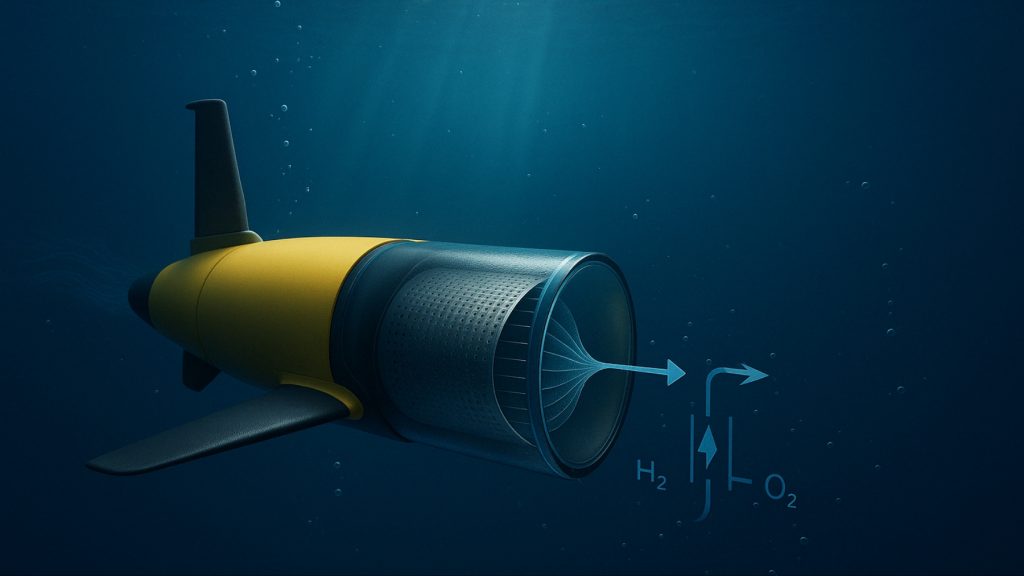
Researchers at Germany’s Helmholtz-Zentrum Hereon have developed artificial-gill fuel cell for any future autonomous underwater vehicle project (AUVs), allowing them extract oxygen directly from seawater, according to the Hereon Institute.
The bio-inspired system, mimicking fish gills, could triple the AUV technology operational ranges by converting dissolved oxygen into continuous power.
Early tests show 40% efficiency gains over traditional battery systems, accelerating sustainable, long-term ocean monitoring and undisclosed ecosystem mapping.
This would render onboard oxygen storage and could significantly enhance AUV technology, enabling ocean discovery to be more sustainable and efficient.
Current Underwater Power Systems’ Issues
Autonomous underwater vehicles are vital for oceanographic discovery, delivering real-time data on climate and ecosystems. Traditionally powered lithium-ion, lithium primary, or alkaline batteries. these systems are effective but are costly, have energy limited capacity, and restrict mission duration –long been obstacles to AUV expansion.
A popular alternative for underwater craft is Proton Exchange Membrane (PEM) fuel cells, offering three times the higher energy density of lithium batteries. PEM fuel cells however, need hydrogen and oxygen, and since seawater lacks oxygen, it must be stored in pressurized tanks, adding mass and reducing space for other equipment.
The autonomous underwater vehicle project introduces artificial gills in a fuel cell system that extracts oxygen from seawater. The fish-inspired breathing method offers a sustainable way to boost the AUV control system for hours.
Published in Advanced Science, the research shows how oxygen-permeable layers provide a continuous oxygen stream, powering the fuel cell steadily as more is drawn in when consumed.
For smaller underwater devices, such as underwater robots, we think that this is the only way to design a power system using a fuel cell that contains enough energy, read hydrogen, to make it a viable alternative to batteries” Co-author Prokopios Georgopanos stated.
The new AUV control system allows artificial gills to operate efficiently, letting AUVs run without the weight and storage demands of traditional oxygen systems.
Prototype Development Results
The research team built a prototype of 38 flat-sheet membrane frames featuring water and air flow channels. Though not fully optimized for all performance needs due to air maldistribution, it proved AUVs could be powered using oxygen extracted from seawater.
The autonomous underwater vehicle project technology could greatly expand the AUV business by cutting operating costs and boosting autonomous underwater vehicles’ efficiency. With longer operational durations, the technology and applications of autonomous underwater vehicles will grow exponentially, benefiting industries like environmental monitoring, defense, and deep-sea exploration.
Future Implications
Theresearchers want to improve the artificial gill system with better membranes and enhance hydrogen storage technology using metal hydrides. Combined with smart development in the future of AUV technology, this fuel cell arrangement would surpass conventional power systems and provide AUVs with virtually unlimited operating capability. As the control systems for AUVs and battery duration improve, this autonomous underwater vehicle project could change the limits of autonomous underwater vehicles, allowing for a larger market for ocean sensors, sea gliders, and robots to have long endurance.
Inside Telecom provides you with an extensive list of content covering all aspects of the tech industry. Keep an eye on our Intelligent Tech sections to stay informed and up-to-date with our daily articles.